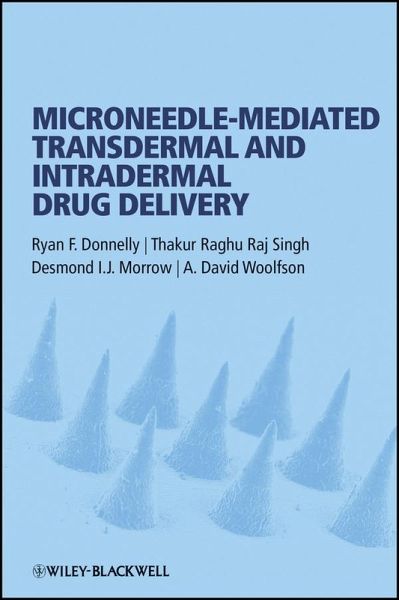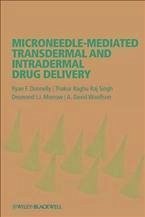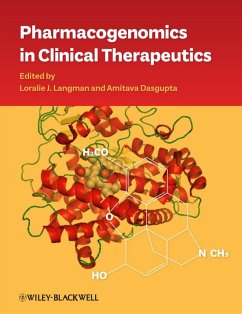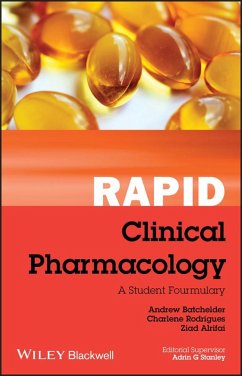
Microneedle-mediated Transdermal and Intradermal Drug Delivery (eBook, ePUB)
Versandkostenfrei!
Sofort per Download lieferbar
110,99 €
inkl. MwSt.
Weitere Ausgaben:

PAYBACK Punkte
0 °P sammeln!
Microneedles can be used for delivery of a wide range of drug substances for practically any medical condition and present a real opportunity for vaccines and medicines that are unsuitable for oral administration or conventional patch delivery. Microneedle-mediated Transdermal and Intradermal Drug Delivery covers the major aspects relating to the use of microneedle arrays in enhancing drug delivery applications. It provides an overview of the various methods employed to design and produce microneedles, from the different materials involved to the importance of application methods. It carefully...
Microneedles can be used for delivery of a wide range of drug substances for practically any medical condition and present a real opportunity for vaccines and medicines that are unsuitable for oral administration or conventional patch delivery. Microneedle-mediated Transdermal and Intradermal Drug Delivery covers the major aspects relating to the use of microneedle arrays in enhancing drug delivery applications. It provides an overview of the various methods employed to design and produce microneedles, from the different materials involved to the importance of application methods. It carefully and critically reviews ongoing transdermal and intradermal delivery research using microneedles and includes the outcomes of in vivo animal and human studies. Importantly, it also discusses the safety and patient acceptability studies carried out to date. Finally, the book reviews the recent patents in microneedle research and describes the ongoing developments within industry that will determine the future of microneedle-mediated transdermal and intradermal drug delivery. By an expert author team with practical experience in the design and development of drug delivery systems this is the only text that provides a comprehensive review of microneedle research in transdermal and intradermal drug delivery.
Dieser Download kann aus rechtlichen Gründen nur mit Rechnungsadresse in D ausgeliefert werden.













